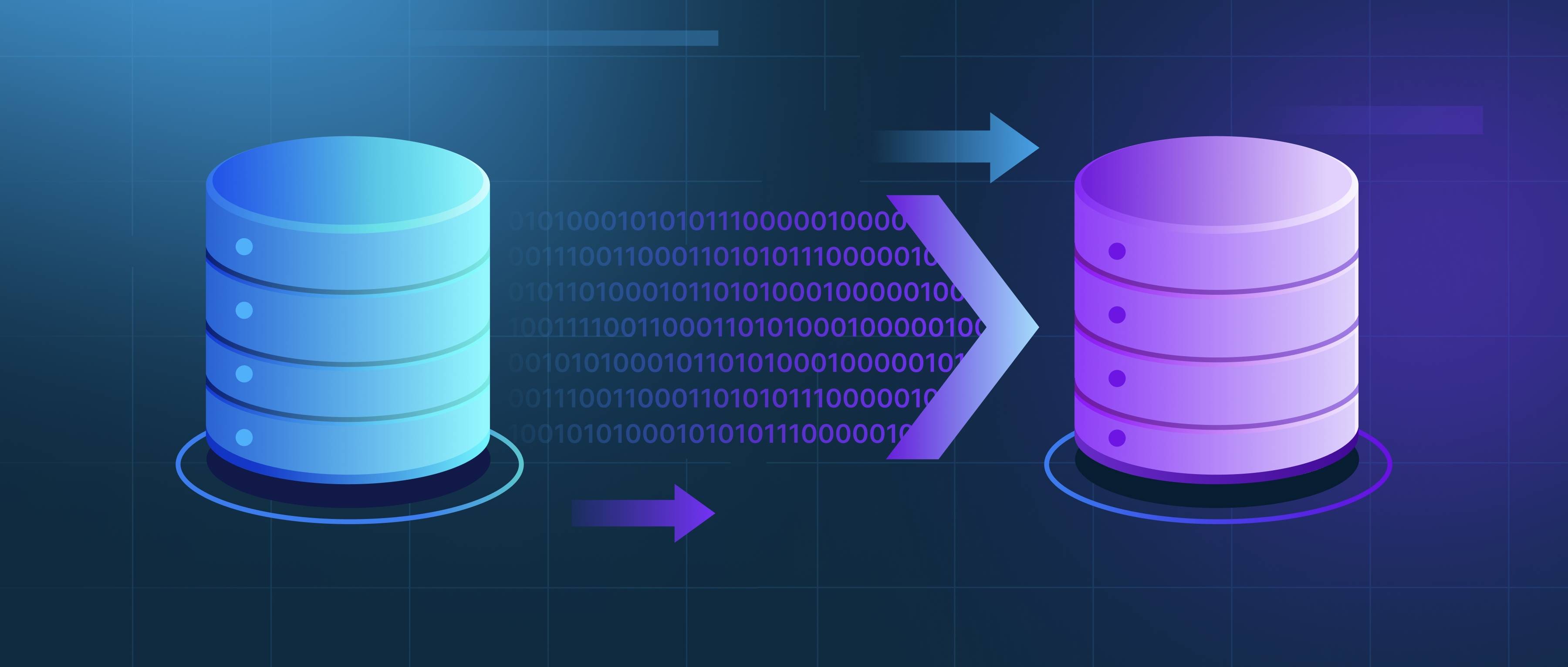CLIP, or Contrastive Language-Image Pretraining, is a neural network model developed by OpenAI that can understand and relate images and text in a way that allows it to perform various tasks related to both modalities. Essentially, CLIP is trained to recognize and connect images with their corresponding textual descriptions. During its training, it is fed a large dataset containing pairs of images and text, which enables it to learn the relationship between visual elements and language. This allows the model to perform tasks such as zero-shot classification, where it can categorize images based on textual prompts without needing additional training.
One key feature of CLIP is its ability to generalize to various tasks without task-specific fine-tuning. For example, if you give CLIP a set of labels such as "cat," "dog," and "car," it can accurately identify and classify images based on these labels even if it has never been explicitly trained on that particular image classification task. This is because CLIP learns a shared representation for both images and text, making it flexible and adaptable to different scenarios. Developers can utilize CLIP in applications like image search, content moderation, and visual question answering.
To use CLIP effectively, developers can integrate it into their existing workflows via APIs or frameworks that support image and text processing. It is accessible through libraries like Hugging Face and PyTorch, which provide pre-trained models that can be easily implemented. By leveraging CLIP’s capabilities, developers can create applications that enhance the user experience by allowing users to search for images using natural language queries or to automatically generate descriptive text for images. This versatility opens up new possibilities for projects in fields like e-commerce, social media, and digital asset management.
